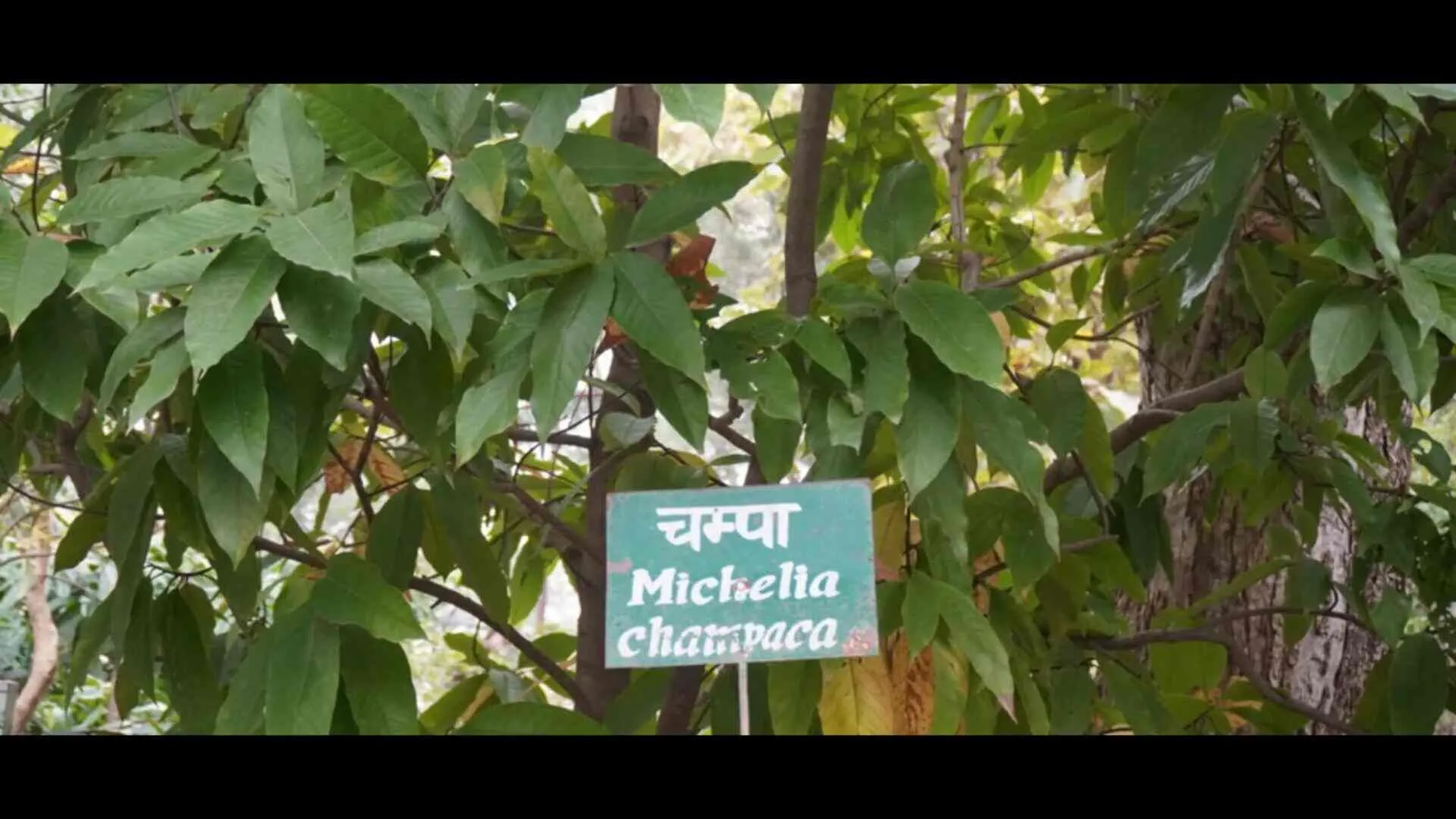The Uttarakhand forest department has set up a one-acre size ethnobotanical garden at Haldwani to exhibit the ecological and environmental knowledge revealed by the Mahabharata. At the “Mahabharata Vatika” 37 plant species mentioned in the epic are showcased in 18 sections.
Chief Conservator of Forests Sanjeev Chaturvedi explained that such species include Khair (Acacia catechu), Kovidar (Bauhinia variegata), Bargad (Ficus benghalensis), Peepal (Ficus religiosa), Dhak (Butea monosperma), Harsringar (Nyctanthes arbor-tristis), Baheda (Terminalia bellirica), Aam (Mangifera indica), and Kala Sirs (Albizia lebbeck). He further highlighted the extensive research involved including the Sanskrit and scientific names of each plant, accompanied with the number of shlokas in which each species is mentioned.
The garden captures the ecological sensibility that forms a part of the Mahabharata and presents the idea that forests hold prime importance in Vana Parva or “Book of Forests.” “The epic has stanzas focusing on planting trees, forming water bodies, and protecting tigers and the increase of plant light,” Chaturvedi added. It serves as a reminder of how religious, historical, and environmental causes are close interrelated to one another.
He even quoted Bhishma Pitamah, which says that one should conserve animals and plants when he is in his bed of arrows, explains the importance to Yudhishthira. “This garden conveys the significance of tiger conservation as mentioned in Mahabharata,” he said, referring to the Udyoga Parva which points to the interdependence between tigers and forests. According to the epic, “Without forests, tigers are killed, and without tigers, forests are destroyed.”
In the Anushasana Parva, Bhishma says that the act of planting trees benefits ancestors and descendants. “One must plant trees,” Chaturvedi said, elaborating on how the Mahabharata weaves the ecological and spiritual importance of trees. The reference to the Shami tree, particularly in the exile of the Pandavas, has its cultural and historical importance. The epic reflects the ancient understanding of nature, shown in the recognition of light as sustaining plant life, an early reference to what modern science later identified as photosynthesis.
This garden follows the earlier creation of the “Ramayana Vatika” in Haldwani, which includes species from Valmiki’s Ramayana and various forest types. Chaturvedi explained that Lord Ram traversed different forests during his journey from Ayodhya to Sri Lanka, including Chitrakoot (tropical deciduous), Dandakarnanya (tropical deciduous), Panchavati (tropical dry deciduous), and Kishkindha (dry and moist deciduous). “Ashok Vatika, associated with Sita, and Dronagiri, linked to Lord Hanuman, also feature prominently in the garden.”























